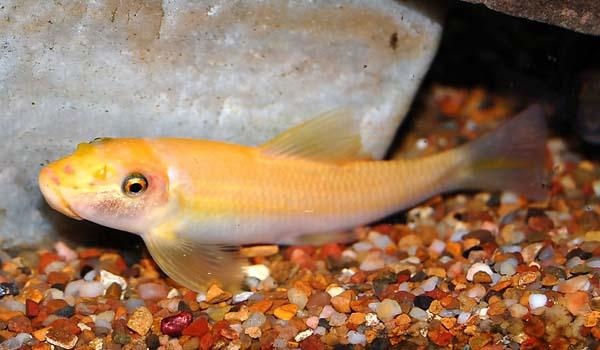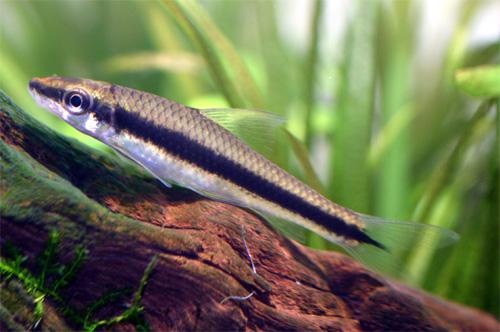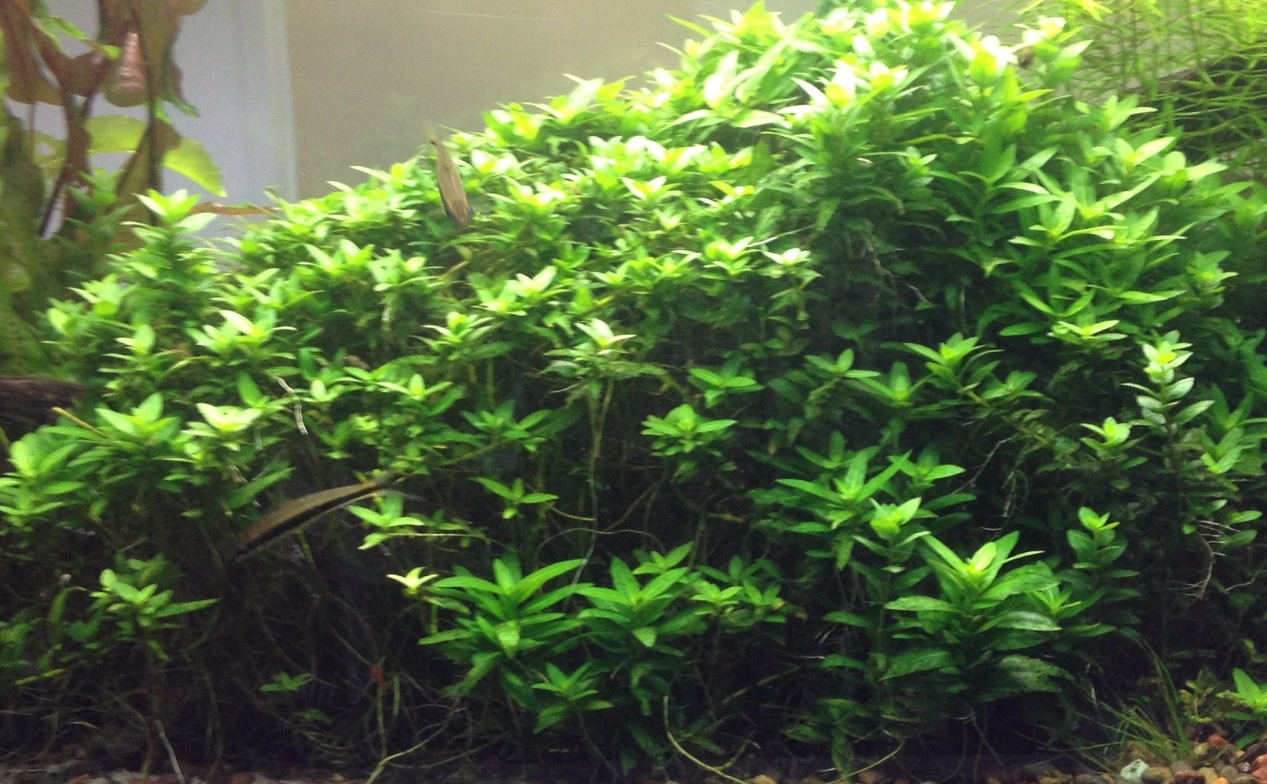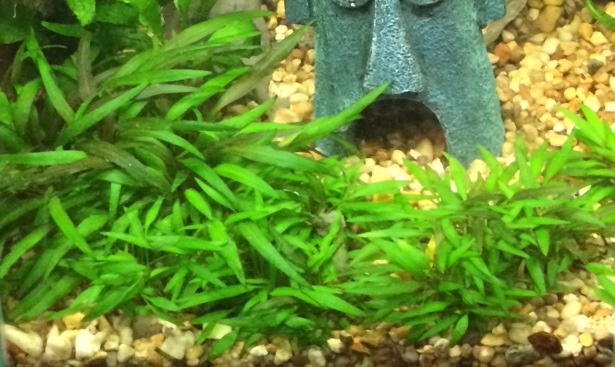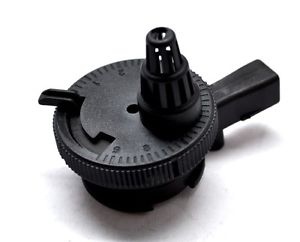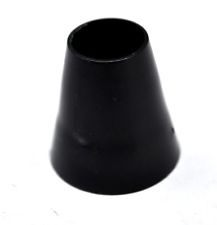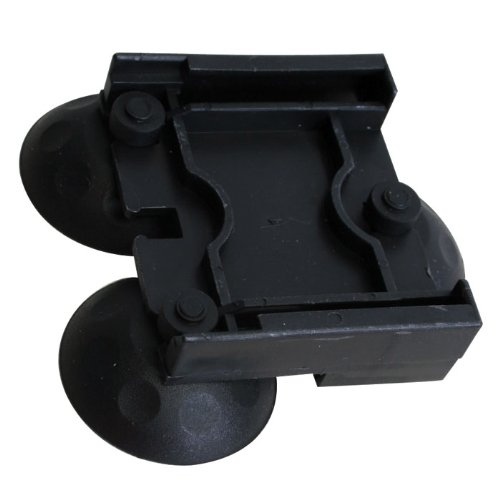Title Page
STARTERS
The Basics
-
Employee
- Nicolás
- Ed
- Abi
- Bruce
- Monty
- Marcus
- Janai
- Hadyn
-
Date
-
Time Started
Observations
FISH
-
Photos Before. 1-2 OVERALL. 2-3 CLOSEUPS on PLANTS
-
Angelfish
- Great; vibrant, eager for food
- some individuals not right.
- sulky, sluggish, isolated from group
- dead fish, cloudy stinky water
-
Take photos of individuals and check for CAUSES. Questions: 1. Is it just an individual or are many affected? 2. Check for uneaten food, levels of ammonia or nitrite. 3. Filter or heater stopped or malfunctioning?
-
Anything on BODY? <br>WHITE SPOTS?<br>FUNGUS?<br>WOUNDS?
-
Take PHOTO of cases and NOTE down details.
-
Plan for LARGE WATER CHANGE (75-90%) with thorough GRAVEL VAC. Use STRESS COAT and BLUE SALTS to guard against chlorine and infection.
-
CONTACT BRUCE IMMEDIATELY
-
Take PHOTO where possible and NOTE down details.
-
Looking good? Place a pinch of TETRABITS in and observe how they eat.
The Workers: SUCKING CATS & FLYING FOXES
-
Show SUCKING CAT photo ====>
-
Sucking cats
-
SUCKING CAT/s sighted? (1-2)
-
Siamese Flying Fox (tap for picture)
-
Siamese Flying Fox
-
SIAMESE FLYING FOX/es sighted? (2-3)
-
How's the algae levels on GLASS & PLANTS?
- Lots of soft brown dust over glass and rocks
- Very clear. A few spots on glass and old leaves
- Furry black algae growing on old leaves, pump, glass
- dark green spots on glass
- dark green algae all over rocks
-
This is an indication that there are no or low numbers of SIAMESE FLYING FOX. Mention in notes.
-
Remove as much as possible, prune old affected leaves off plants. Vacuum up loose pieces from after cleaning glass
-
This is an indication that there are no SUCKING CATS. Mention in notes.
-
Check light TIMER and nitrate levels.
-
Plan for an "Adrian Special"; BEFORE draining, turn OFF pumps, scrape all of every glass surface and carefully brush clean all rocks Then drain 80% water.
PLANTS
-
STAURAGYNE. (Tap for picture)
-
STAURAGYNE
-
How is the STAURAGYNE looking?
- good. healthy bright green star-shaped new growth
- new and old growth nibbled
- poor. old growth dark and nibbled and new growth small, slow, stunted
- curled/deformed new growth
-
This is the Angelfish! Clearly need to increase their green diet. Take photos and notify Bruce.
-
Possibly low in NITRATE and/or POTASSIUM (K) CHECK levels. (Section 4). 10ppm or more with still poor growth possibly means therefore not enough K and thus they are being starved. Contact Bruce for further instructions.
-
CURLED & DEFORMED new leaves? May have to review K dosage levels. Possibly too much. Do tests & check with BRUCE by SMS.
-
Great. Prune any healthy taller stems and replant to improve coverage of ground.
-
POGOSTOMON STELLATA
-
How is the STELLATA looking?
- great, health light feathery green new growth, pink in the growth head
- stems getting close to surface
- old leaves prematurely aging/falling off
- stunted or small new growth, old leaves look eaten
- twisted/malformed new growth
-
CUT approx in half and, If healthy, reduce HEADLESS STALK by a further 50% and replant heads on front to hide the stalk.
-
Possibly low in NITRATE and/or POTASSIUM (K) CHECK levels. (Section 4). 10ppm or more with still poor growth possibly means therefore not enough K and thus they are being starved. Contact Bruce for further instructions.
-
Great. Be sure to SHORTEN DOWN any that are getting too close to the surface.
-
Premature ageing is possibly a deficiency in PHOS which is a mobile nutrient. (Here only available via the fish food) If phos levels sufficient then possibly not enough K. check with BRUCE by SMS.
-
CURLED & DEFORMED new leaves? May have to review K dosage levels. Possibly too much. Do tests & check with BRUCE by SMS.
-
CRYPTS (tap for picture)
-
CRYPTS
-
How are the CRYPTS looking?
- great. shiny vibrant leaves
- prematurely old (possibly with algae spots)and yellowing leaves
- curled deformed leaves, lots of dark spotted algae on leaves
- slow growth. new leaves remaining small, stunted.
-
Possibly a deficiency in PHOS which is a mobile nutrient. (Here only available via the fish food) If phos levels sufficient then possibly not enough K. check with BRUCE by SMS.
-
PEEL AWAY any old and ageing leaves from base
-
Possibly low in NITRATE and/or POTASSIUM (K) CHECK levels. (Section 4). 10ppm or more with still poor growth possibly means therefore not enough K and thus they are being starved. Contact Bruce for further instructions.
-
CURLED & DEFORMED new leaves? May have to review K dosage levels. Possibly too much. Do tests & check with BRUCE by SMS.
-
BLYXA (tap for photo)
-
BLYXA
-
How is the BLYXA looking?
- great. large, light green new growth. old growth slightly darker but still intact
- OK. medium quality new growth. not spreading but each piece is well rooted and old growth hasn't prematurely fallen off
- old leaves prematurely old. (may be also eaten off)
- poor. new growth short, dark and slow. old leaves perhaps eaten away. roots week
-
Great. Manage any over-growth (pushing up to glass, swamping other smaller plants) by thinning out and replanting to any thinner areas.
-
Possibly low in NITRATE and/or POTASSIUM (K) CHECK levels. (Section 4). 10ppm or more with still poor growth possibly means therefore not enough K and thus they are being starved. Contact Bruce for further instructions.
-
Possibly a deficiency in PHOS which is a mobile nutrient. (Here only available via the fish food) If phos levels sufficient then possibly not enough K. check with BRUCE by SMS.
Tests part 1
Setup
-
Slide LIGHT UNIT back Remove FRONT COVER-GLASS and place to left of tank, leaning on wall.
Tests part 1
-
TEMPERATURE test (ideal 24-26 C)
-
A bit too cool. Is heater functioning/plugged in?
-
Replaced?
-
Depending on how long before replacement is likely to be installed then leave post-water change temp approx 26 degrees.
-
Increase THERMOSTAT (clockwise) and make note of how much.
-
Increased THERMOSTAT by:
-
Is THERMOSTAT functioning?
-
Decrease THERMOSTAT (anticlockwise) and note by how much.
-
Decreased THERMOSTAT by:
-
HEATER Replaced?
-
Check with BRUCE, but if the THERMOSTAT doesn't respond to being turned down then better to have a cool tank than risking cooking the fish, so UNPLUG and remove faulty unit.
-
Good. Refill with HEATER or KETTLES OF BOILED WATER in COLD months.
-
Rinse 4 TEST VIALS in tank water: pH (square vial) and GH (large round vial) NITRATE & PHOS (small glass) MEASURE 5ml in each and SET ASIDE for later. Tip: use SQUARE VIAL or a SYRINGE to measure an accurate 5ml for the GH.
The Drain
The Drain (50%)
-
Unplug PUMPS & HEATER from power.
GRAVEL VACUUM
-
Fit VACUUM HEAD to DRAIN HOSE. HOSE END out the WINDOW
-
How dirty was it?
FAST DRAIN
-
Cover tank-end of HOSE with BASKET STRAINER
-
Remove VACUUM HEAD & place HOSE inside front glass at the DESIRED HEIGHT of water change. (standard for this tank is 50%)
The Refill
The Refill
-
FAST DRAINED? Orientate tank-end HOSE to be HORIZONTAL and Remove BASKET STRAINER and replace in kit. If not FAST DRAINED, then first remove VACUUM HEAD and position hose outlet HORIZONTALLY.
-
Connect FILLING HOSE to permanent connection from window.
-
Turn on TAP to FLUSH out old water and set the suitable RATE of flow. After 5 seconds fit hose to TAP OUTLET.
-
SOUP HEATER in COLD months. (alternatively 2-3 kettles of boiled water) REMEMBER: always plug into WALL OUTLET. Try to find OPEN SPACE, away from plants.
Things To Do During Refill
-
CLEAN GLASS; easiest at LOW WATER LEVELS. SOFT ALGAE lightly with sponge. DARK GREEN spots: best with SCRAPER.
-
PUMP SERVICE?
-
Which one?
-
Tap here for instructions ====>
-
FLOW CONTROL
-
INTAKE SHEATH
-
WALL MOUNT
-
INSTRUCTIONS:
Slide PUMP upwards out of its WALL MOUNT. Can rest on TOP GLASS.
TURN bottom half to be 90 DEGREES to top half to UNLOCK AND PULL APART.
Remove and clean IMPELLER, the MAGNET BODY is the priority.
If TOOTHBRUSH too large to get around IMPELLER SHAFT, use small amount of paper towel.
REMOVE RUBBER INTAKE SHEATH.
CLEAN INTAKE BASKET STRAINER with TOOTHBRUSH.
RE-ASSEMBLE.
Make sure FLOW CONTROL is set to MAX.
OUTAKE should be angled approx 45 degrees from base so as to move water from the BACK to the FRONT as well as from LEFT to RIGHT.
Unit should SLIDE EASILY into the WALL MOUNT.
INTAKE is offset to adjust distance from WALL to RISER STEM PIPE; be sure the pipe is straight when viewed from the SIDE. -
Water level high enough? Turn FILTER PUMP and HEATER ON.
Tests (continued)
-
pH Test? 3 drops in 5ml. (ideal range 7-7.1)
-
ADD approx 🍏 tsp CORAL SAND.
-
ADD approx 🍎🍎 tsp CORAL SAND
-
ADD approx 🍎🍎🍎 tsp CORAL SAND
-
Is this expected? Been a recent large dose of coral sand last time?
-
Rinse test tube thoroughly and retest. (Any traces of ammonia or GH tester solution will give a false alkaline reading)
-
WOAH! Unlikely! Rinse test tube thoroughly and retest. (Any traces of AMMONIA TEST or GH TEST solutions will give a false alkaline reading) If still high then we must assume that there has been an excess amount of coral sand and all we can do is water change. It will eventually come down as the coral sand dissolves.
-
GH TEST. number of drops to turn from ORANGE to GREEN
-
SIZE of water change:
-
ADD 🍐 TSP SALTS
-
ADD 🍐🍐 TSP SALTS
-
SIZE of water change:
-
ADD up to 🍐TSP SALTS
-
ADD up to 🍐🍐 TSP SALTS
-
ADD up to 🍐🍐🍐 TSP SALTS
-
Depending on SIZE of WATER CHANGE, add NO SALTS and let WC reduce the GH.
-
NITRATE TEST
-
Depending on state of plants, this is POSSIBLY grounds for increase in BASIC-GRO dose. Contact Bruce for further instructions.
-
GENERALLY this is the OPTIMUM RANGE. HOWEVER if there is POOR PLANT GROWTH observed then possibly means therefore not enough K and thus they are being starved. Contact Bruce for further instructions.
-
Almost certainly and LACK of POTASSIUM. Are DOSING PUMPS working properly?
-
Look at INCREASING DAILY-GRO (it contains potassium also) or POTASSIUM dose.
-
Give details of problem
-
CONTACT Bruce.
-
PHOSPHATE TEST
-
GENERALLY this is the OPTIMUM RANGE. Some say 1/10th of the nitrate level. HOWEVER if there is POOR PLANT GROWTH observed then possibly means therefore not enough K and thus they are being starved. Contact Bruce for further instructions.
-
The only source for PHOS in this tank is from the Tetrabits. Generally if its nots causing too much algae don't worry. Water change will dilute. Otherwise consider increasing DAILY-GRO.
-
Is there premature aging/falling off of leaves on any of the plants?
-
Check with Bruce but may have to increase levels by either increased feeding of fish food (tetrabits) or manual doses of LIQUID PHOS.
-
Then don't worry about it. Enjoy algae-free aquarium maintenance!
Additives
-
Salts added? (Low GH)<br>NOTE: NO SALTS DIRECTLY ON PLANTS!!<br><br>- The methylene blue in this salt stains.<br><br>Either MIX in by hand, or premix in cup of HOT WATER.
-
How many teaspoons?
-
Coral sand added? (Low pH)
-
How many teaspoons?
DOSING PUMP
-
TEST LINES; "Manual Dose", scroll UP or DOWN to select pump and hold SET. Only do as much as a couple of drops. IMPORTANT: DAILYGRO must be tested with a container to catch test fluid as it is too concentrated for this size tank. PHOS and K are ok in small amounts.
-
Any AIRLOCKS to bleed out?
-
Be sure to use VIAL to catch the liquid while priming the line.
-
Which pump?
- POTASSIUM
- DAILY-GRO
- BASIC-GRO
-
Where and how big was the airlock in the DAILY-GRO line?
-
Check that the CONNECTIONS between PUMP and FEEDER lines are well secure. If necessary, REMOVE feeder line, snip of tip with scissors and SOAK new tip in hot water to soften and REFIT.
-
Test CHECKVALVE. Blow air thru both ends. Should only let you in one direction. If it flows in both directions (or indeed none!) a paper clip wire or similar lightly poked into the rubber valve from both ends can fix this. Otherwise make note to replace valve.
-
Where and how big was the airlock in the BASIC-GRO line?
-
Check that the CONNECTIONS between PUMP and FEEDER lines are well secure. If necessary, REMOVE feeder line, snip of tip with scissors and SOAK new tip in hot water to soften and REFIT.
-
Test CHECKVALVE. Blow air thru both ends. Should only let you in one direction. If it flows in both directions (or indeed none!) a paper clip wire or similar lightly poked into the rubber valve from both ends can fix this. Otherwise make note to replace valve.
-
Where and how big was the airlock in the POTASSIUM line?
-
Check that the CONNECTIONS between PUMP and FEEDER lines are well secure. If necessary, REMOVE feeder line, snip of tip with scissors and SOAK new tip in hot water to soften and REFIT.
-
Test CHECKVALVE. Blow air thru both ends. Should only let you in one direction. If it flows in both directions (or indeed none!) a paper clip wire or similar lightly poked into the rubber valve from both ends can fix this. Otherwise make note to replace valve.
-
Clean CHECK VALVES of dried/calcified buildup. They should be just hanging over the SUPPORT STRIP of glass and above the water line. Be sure to return SHADING (medical brochure) to cover glass to protect from light.
Packing up
SUPPLIES; ANY REFILLING TO BE DONE IN SINK OR OUTSIDE!
-
SALTS refill?
-
FOOD REPLACE/ REFILL?
-
WHICH KIND?
- TETRABITS
- SPIRULINA FLAKES
- SPIRULINA TABLETS
- DISCUS PELLETS
-
Will any need replacing next month?
- TETRABITS
- SPIRULINA FLAKES
- SPIRULINA TABLETS
- DISCUS PELLETS
-
BASIC-GRO refill? <br>(If wishing to replace but still a small amount remains in CURRENT BOTTLE, swap over and leave OLD BOTTLE behind and can pour in rest into the new bottle at a later date)
-
HOW MUCH IS LEFT?
-
THIS IS DEFINITELY NOT ENOUGH TO LAST! Refill within the week
-
Bring some next time as almost definitely will need some.
-
DAILY-GRO refill?
-
HOW MUCH IS LEFT?
-
THIS IS PROBABLY NOT ENOUGH TO LAST. Refill within the week
-
Bring some next time as almost definitely will need some.
-
POTASSIUM supply refill? <br> (If wishing to replace but still a small amount remains in CURRENT BOTTLE, swap over and leave OLD BOTTLE behind and can pour in rest into the new bottle at a later date)<br>
-
HOW MUCH IS LEFT?
-
THIS IS PROBABLY NOT ENOUGH TO LAST. Refill within the week
-
Can put in a small pinch of food as departing treat :)
Equipment Check
-
TIMER on CLOCK SYMBOL?
-
Timer on the correct time?
-
Replacement Installed?
-
IMPORTANT! Remove and notify the lab staff. They will have to MANUALLY turn on and off until a new one is sourced. Leave a note in LAB PREP ROOM saying so. Leave old timer there so they can match the settings if they have to get one themselves
-
LIGHTS: Both tubes working? (Second pair not in use)
-
Details
-
Return LIGHT slightly FORWARD of centre.
-
DOSING PUMP returned to operation display?
-
Notes. Any extra work performed? Any additions of fish? Any questions...?
FINAL CHECKS
-
HEATER and FILTER PUMPS ON and functioning?
-
OUTSIDE GLASS, CABINETRY etc CLEAN & DRY?
-
Got your: BASKET STRAINER? TOOTH BRUSH? TEASPOON?
-
Photos After. 1 x OVERALL. CLOSEUPS of any REARRANGED PLANT.
-
Time Finished






